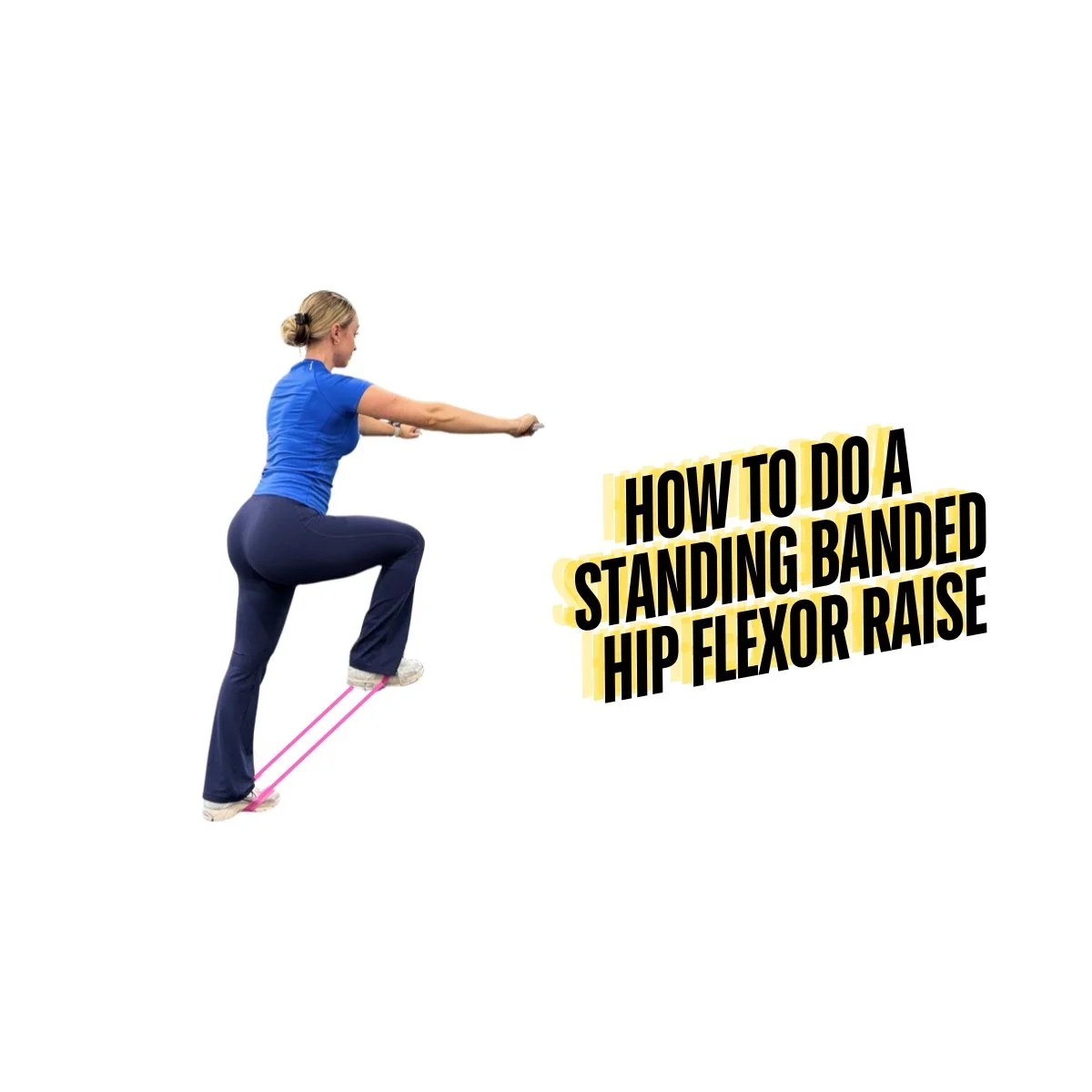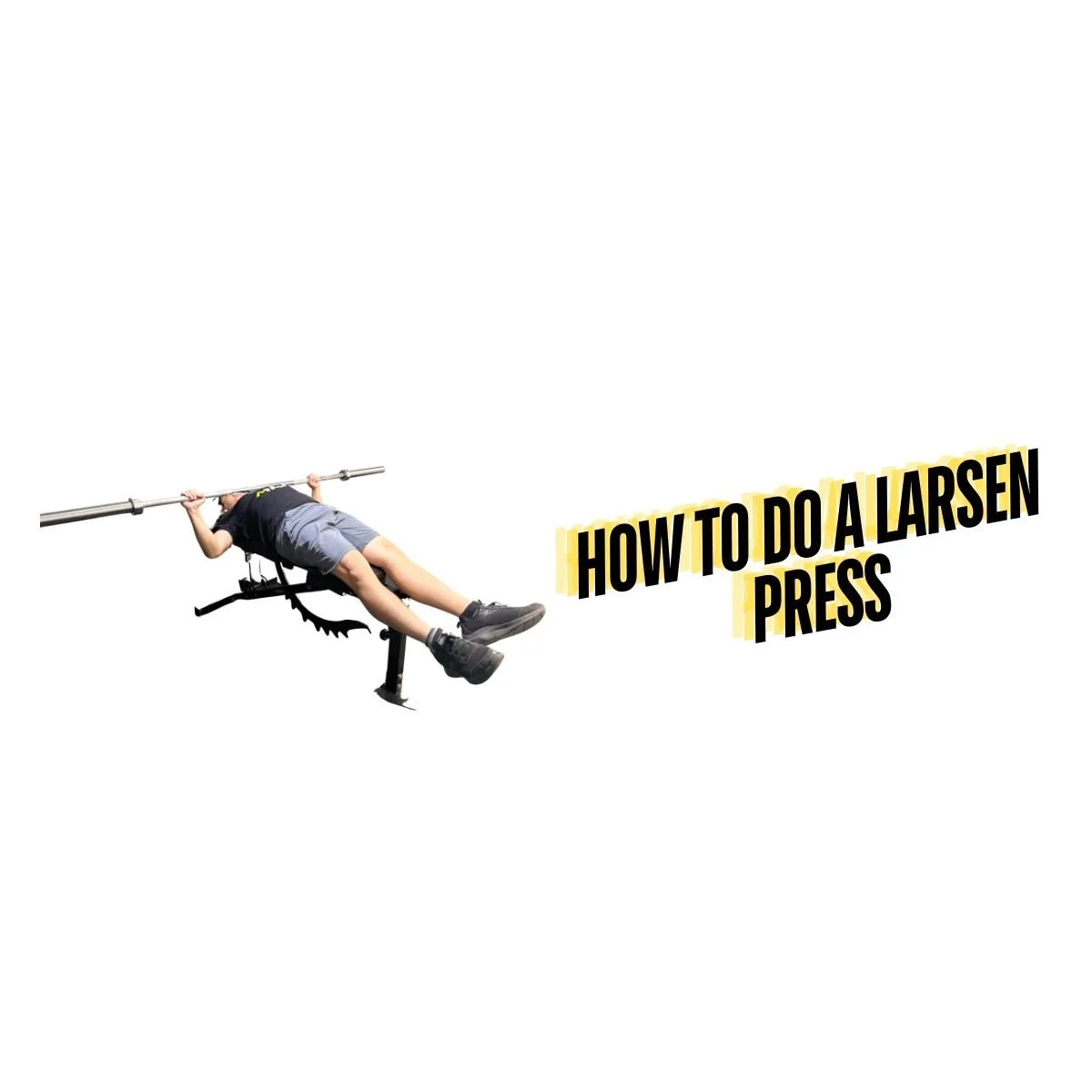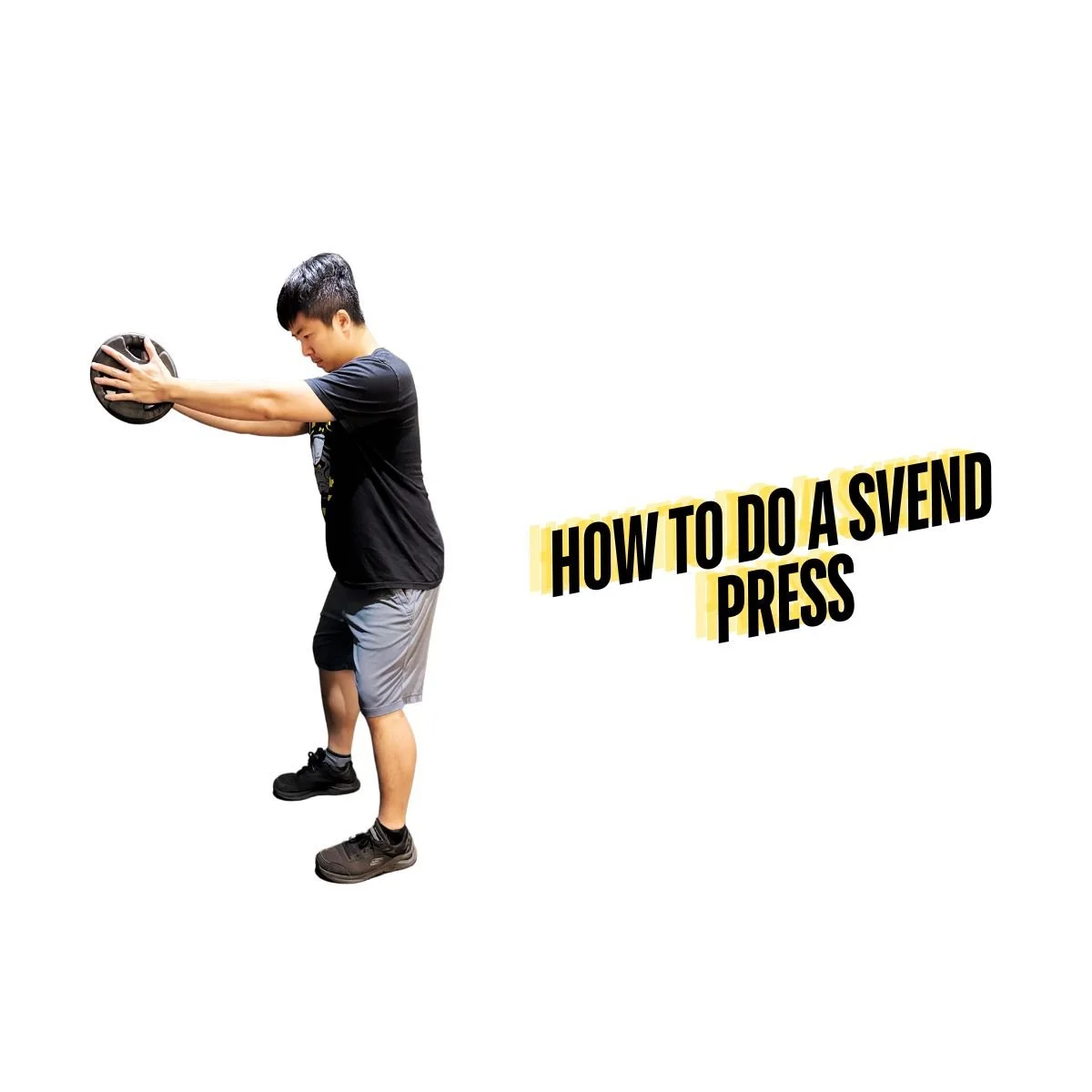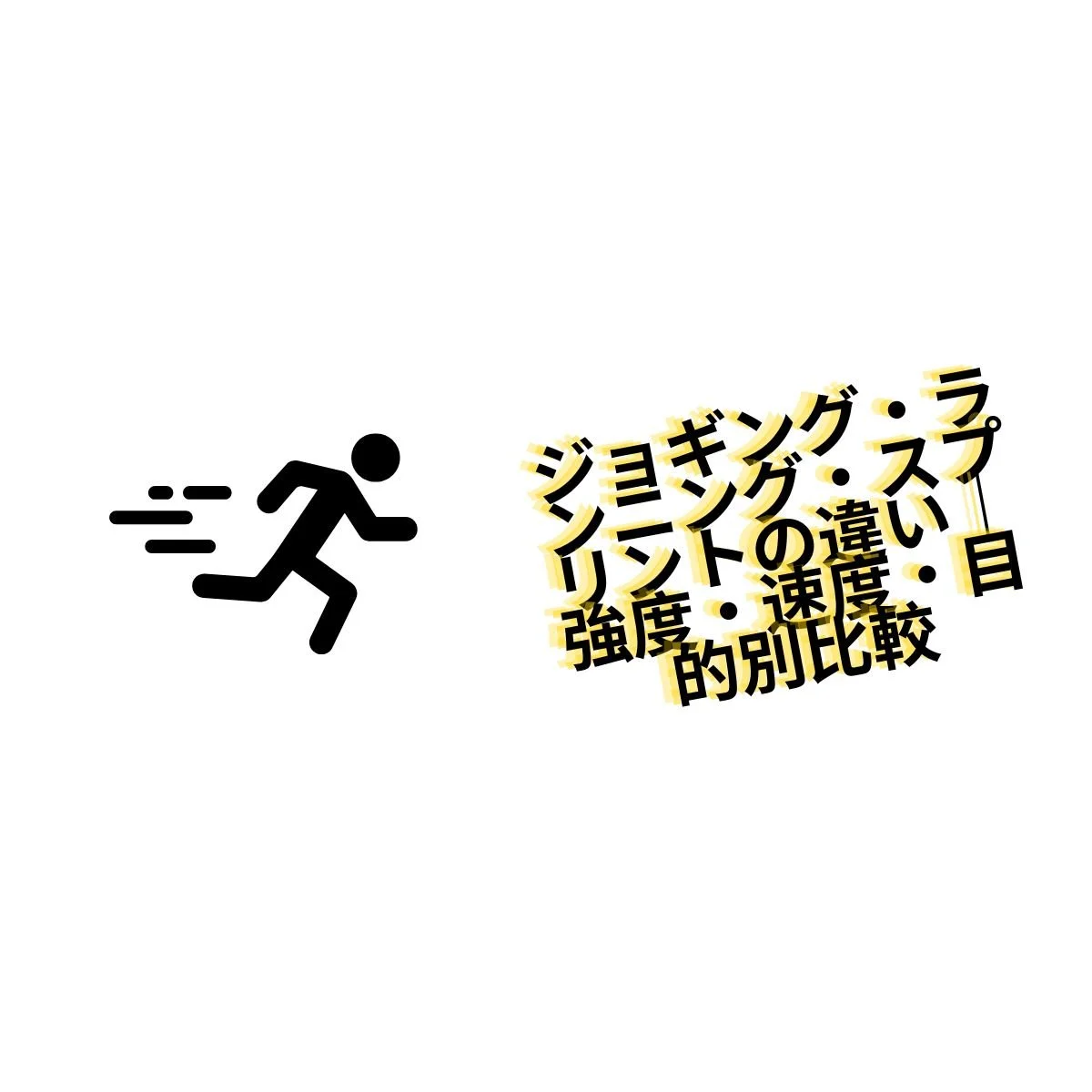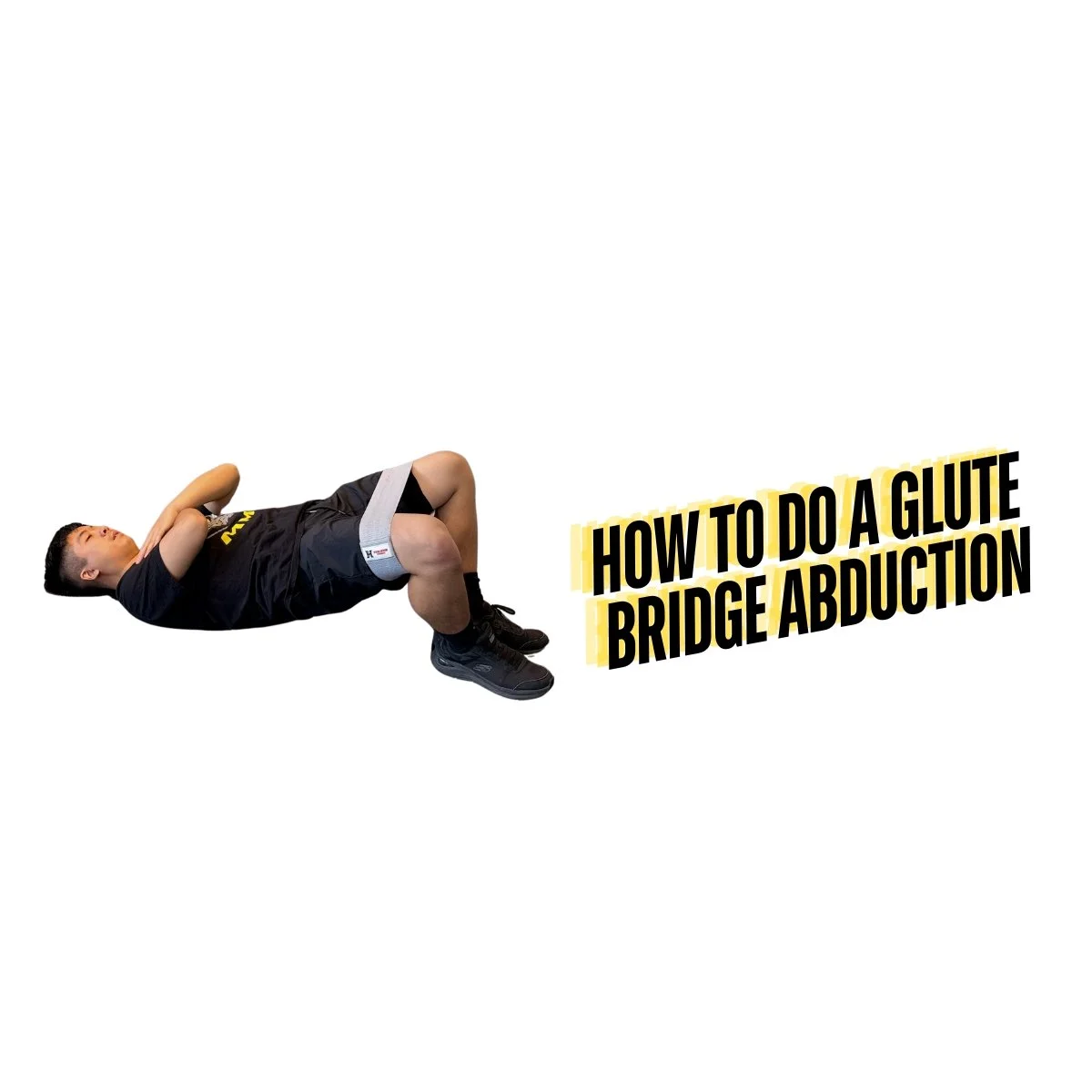Exercise Tutorial: Floor Press
Table of Contents
What Is a Floor Press
The floor press is an exercise that primarily targets primarily the chest muscles. It is performed by lying on the back. This motion provides more stability than the traditional chest press due to the floor's support. The floor press limits the range of motion compared to the bench press, preventing the shoulders from going past parallel, which can be beneficial for shoulder health.
How to Floor Press
Grab a pair of dumbbells, kettlebells or a barbell. Sit on the floor in an upright position with your legs straight. Place them on the ground on both sides of your legs vertically.
Grip the dumbbells tight, place them on top of your hip crease, slowly lay back while keeping the dumbbells close to the chest, bend your knees on a 45-degree angle and move your feet up slightly.
Hold both dumbbells in a neutral or hammer grip position; both arms extended above chest level. (Keep the dumbbells on a slight 45-degree angle to ensure elbows are in a neutral position).
Inhale and slowly lower the weight till both of your elbows touch the floor, back into starting position (Do not bounce your elbows off the floor. Control the movement).
Exhale and press the dumbbells up and bring your arms into full extension with a focus on contracting the triceps, chest, and core muscles.
Repeat for desired repetitions.
Floor Press Benefits
This is a great variation to incorporate into your regimen to train chest and arms. Don’t resort to doing bench all the time. Switch it up with the DB Floor Press. This is a great alternative for those who claim they cannot feel the bench working their chest and/or arms.
Sometimes the bench can be hard on the joints…not everyone needs to perform the bench press on a consistent basis in order to achieve upper body strength. Not everyone needs to train like a Powerlifter and go balls to the wall heavy every lift.
Let’s keep this in mind as everyone’s goals may differ and require a different training stimulus. It’s also great for lifters who need to work on stabilizing the shoulders, lats, and core muscles. It can be a great accessory movement for lifters who wish to enhance or hit a PR on their bench press as it helps build explosive power, isolating the triceps further as there is a shorter range of motion vs. the bench press.
Floor Press Muscles Worked
The primary muscles worked during a floor press are the Pectoralis Major, Anterior Deltoid, and the Triceps Brachii. Additionally, there are other stabilizing muscles involved and engagement, such as:
Why is the Floor Press Useful
The floor press can be useful for several reasons. It can cater to everyone at different stages in their training. It targets the upper body effectively and can act as a safe training haven for individuals who fear to attempt the bench press. It is useful for individuals who experience any shoulder issues or low back pains.
Limiting the range in a neutral grip horizontal press will most likely limit strain on the shoulder, allowing more focus on building elbow extensor strength and this carries over well for athletes such as Powerlifters (bench) and Weightlifters (jerk and kettlebell snatch) to increase their overall general pressing strength in their training.
As for regular gym goers who wish to achieve hypertrophic gains or focus on functionality, the DB floor press can carry over and assist your other exercises such as thrusters, push-ups, pull-ups, muscle-ups, and dips.
Variations of the Floor Press
Kettlebell Floor Press
Dumbbell Floor Press
Barbell Floor Press
The Close Grip Floor Press
The close grip floor press can be performed by positioning the hands on the barbell closer to each other (with thumbs touching) or by putting the dumbbells together without separating them. This technique also applies to the Reverse Grip Floor Press.
The Reverse Grip Floor Press
The reverse grip floor press can be performed with a dumbbell, kettlebell, or barbell. It involves changing your hand position to a supinated position and pressing. This is also known as the supinated grip.
Crush Grip Floor Press
The crush grip floor press can be performed with either a dumbbell or kettlebell. Simply position both hands on one side of the dumbbell or the kettlebell and bring it close to your chest.
Floor Hex Press
The floor hex press can be performed by grabbing two dumbbells and placing them together in a hammer position.
Single Arm Floor Press
The single-arm floor press is a press performed on the floor with only one arm. This movement can be performed with a kettlebell or dumbbell. Performing a single-arm press with a barbell is possible but becomes difficult due to the balance required because of the barbell's length. The position of the hand that is not pressing can either go towards the chest, next to the body (close), or away (like a T).
Dumbbell Floor Press Legs Flexed
Instead of extending your feet on the floor, try flexing your legs and perform the exercise as described above. Maintain a hollow body hold while pressing the dumbbells to increase core demands.
Dumbbell Floor Press in Iso Glute Bridge
As you lay on your back, maintain a 45-degree bent knee position. Place your ankles below the knees. Round your shoulders back and press them into the ground to engage your lats. Lift your hips into full extension, hold the top of the bridge and squeeze your glutes tight as you perform your dumbbell presses for the desired amount of reps. This variation will allow you to create full-body irradiation which is a great way to enhance your bench technique.
Floor Press Alternatives
However, there might be exercises that can be used as an alternative to the floor press, we need to remember that what makes the floor press important is the stability due to the ground's support. Here are several alternatives to the floor press:
Floor Press Vs Bench Press
We can start by noting the first difference: the floor press is performed on the ground, while the bench press is performed on a bench. Another difference is that the floor press offers more stability because your elbows stop you when they hit the floor, whereas, in the bench press, you can lower the weight as much as your shoulder and rotator cuff mobility allow, or until the bar touches the chest muscle.
Can You Bench Press on the Floor?
You can bench press on the floor, but it's important to remember that it equates to half of the bench press movement. It works the same muscles as the floor press, but once it becomes a floor press, the correct name would be a Barbell Floor Press.



